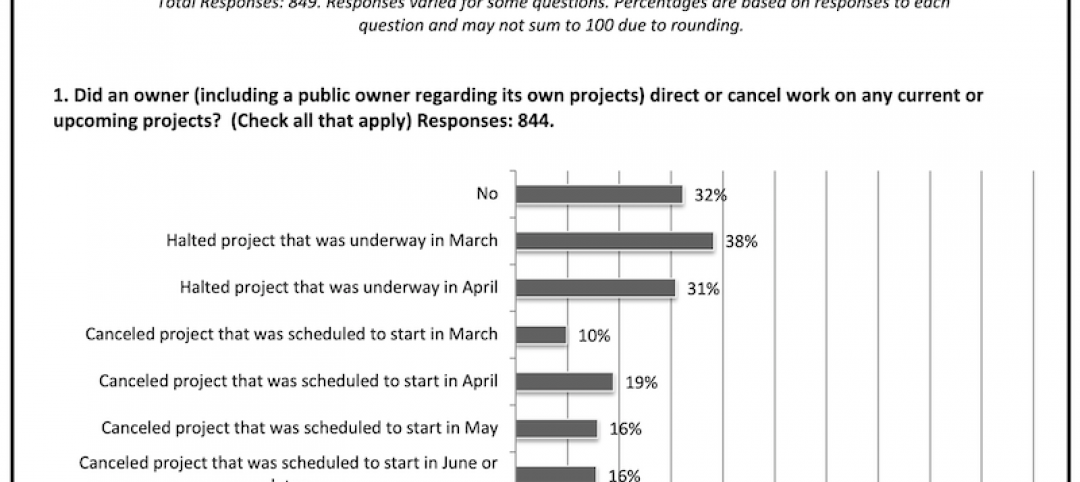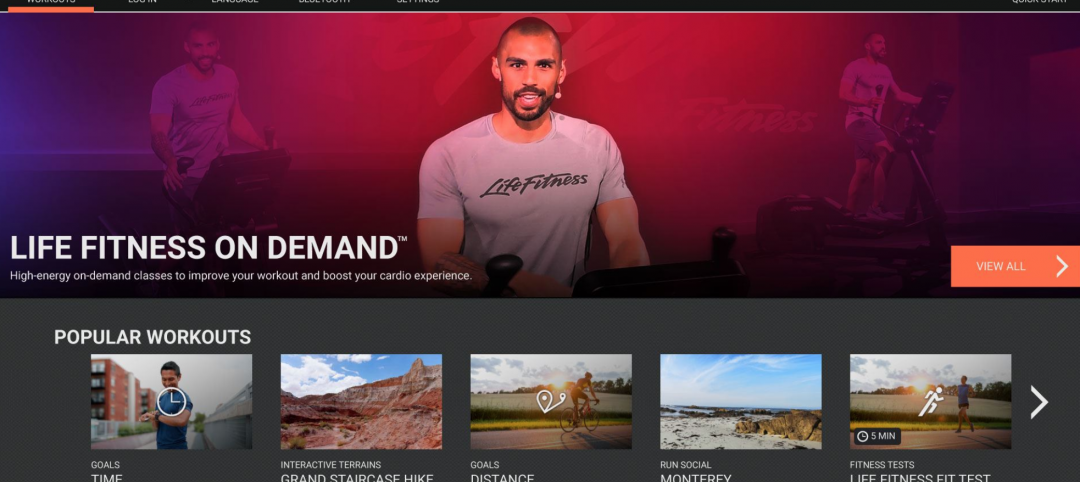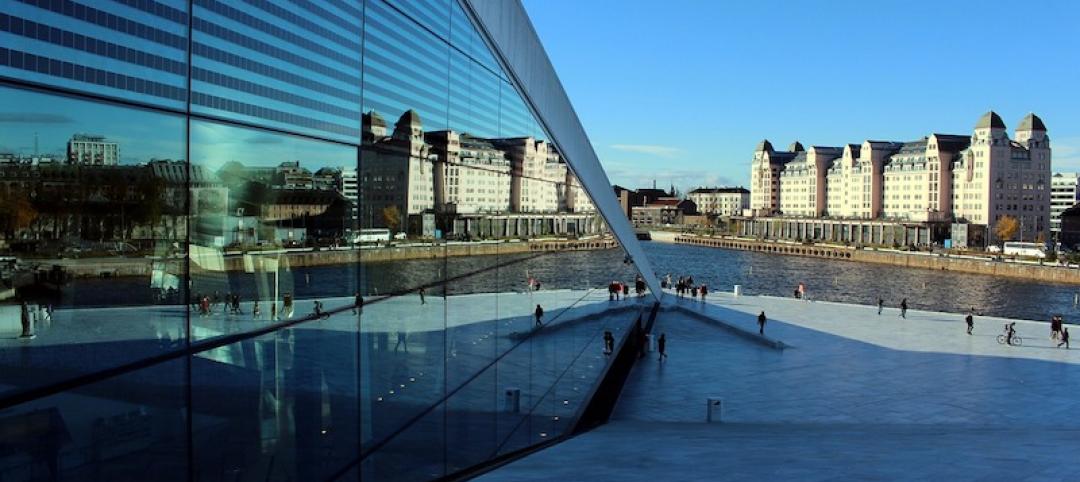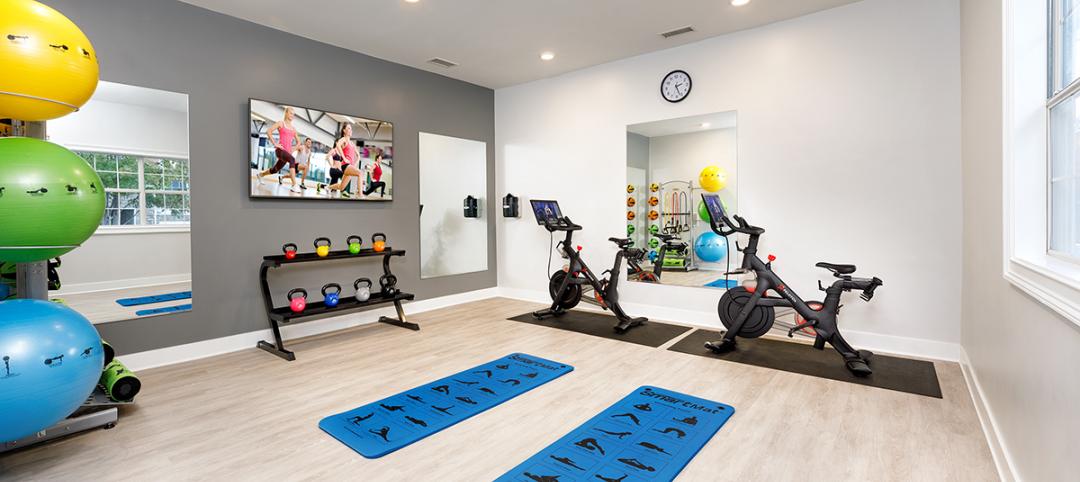The other day I asked a group of design and construction professionals if they ever conducted formal post-occupancy evaluations of their completed projects, or even if they just visited them to check out their handiwork. No, they replied, that would be much too risky; besides, clients won’t pay for their time.
My query came up in the context of reading Complications: A Surgeon’s Notes on an Imperfect Science, by the brilliant physician and medical writer Atul Gawande. The memoir, published in 2002, describes Gawande’s experience as a seventh-year surgical resident in Boston. He has since gone on to write other books (notably The Checklist Manifesto: How to Get Things Right) and lead research teams investigating public health issues for the World Health Organization. Along the way, he has won a MacArthur Foundation “genius” fellowship.
In this early book, Gawande writes about the weekly Morbidity & Mortality Conference at his hospital. “M&M,” as it is known, is a common practice at academic hospitals, and is especially important for the surgeons. At the M&M, the attending physicians present those cases where errors were made, and a committee of senior physicians peppers them with questions. Usually it gets down to this: “What would you do differently?” As Gawande notes, “‘Nothing’ is seldom an acceptable answer.”
Occasionally, the M&M process will lead to disciplinary action against an incompetent physician, but it’s chief purpose is educational—to learn how to prevent similar mistakes in the future. As Gawande notes, “The very existence of the M&M ... amounts to acknowledgment that mistakes are an inevitable part of medicine.”
The reality, of course, is that mistakes get made in every profession. I get sick to my stomach every time we get an email or phone call pointing out a serious error in one of our articles, but we man up and print a correction.
Unlike Gawande and his peers, we editors don’t have people’s lives in our hands; in many respects, however, you do. AEC professionals have a grave responsibility to build safe, healthy, and environmentally sensitive structures, and with all the complexities that are involved in doing so, mistakes inevitably get made.
Recently, for example, Senior Editor Julie Higginbotham and I were touring a nearly completed facility, and the CM on the job showed us a two-foot-long section of pipe sticking out into a narrow walking path. How did that happen? we asked. A mistake in the BIM model, he replied; it will be fixed. But, I wondered, would they simply repeat that mistake in the next job?
In most states, confidentiality of hospital M&M conferences is protected by law. To the best of my knowledge, there is no such protection for AEC professionals. Without such legal protection (something the AEC professional societies should be fighting for), you’d have to be wary about going back to review your projects, because doing so might open the door to litigation.
Please note: I’m not talking here about fixing everyday errors and omissions. I’m suggesting that Building Teams need to make a regular practice of going back to their projects to see how well they’re working: Did you get the indoor comfort right? How’s the daylighting? What’s that strange noise? Are the occupants satisfied?
And the most important question of all: What could you have done better? Remember: “Nothing” is not an acceptable answer.
Send comments to: rcassidy@sgcmail.com.
More from Author
Rob Cassidy | Mar 30, 2020
Your turn: Has COVID-19 spelled the death knell for open-plan offices?
COVID-19 has designers worrying if open-plan offices are safe for workers.
Rob Cassidy | Mar 25, 2020
Coronavirus pandemic's impact on U.S. construction, notably the multifamily sector - 04-30-20 update
Coronavirus pandemic's impact on U.S. construction, notably the multifamily sector - 04-30-20 update
Rob Cassidy | Nov 20, 2019
Word of the Year: "climate emergency," says the Oxford English Dictionary
The Oxford Word of the Year 2019 is climate emergency.
Rob Cassidy | Nov 8, 2019
The Peloton Wars, Part III - More alternatives for apartment building owners
ProForm Studio Bike Pro review.
Rob Cassidy | Nov 1, 2019
Do car-free downtown zones work? Oslo, yes; Chicago, no
Two recent reports (October 2019) explore whether car-free downtowns really work, based on experience in Oslo, Norway, and Chicago.
Rob Cassidy | Oct 9, 2019
Multifamily developers vs. Peloton: Round 2... Fight!
Readers and experts offer alternatives to Peloton bicycles for their apartment and condo projects.
Rob Cassidy | Sep 4, 2019
Peloton to multifamily communities: Drop dead
Peloton will no longer sell its bikes to apartment communities.
















